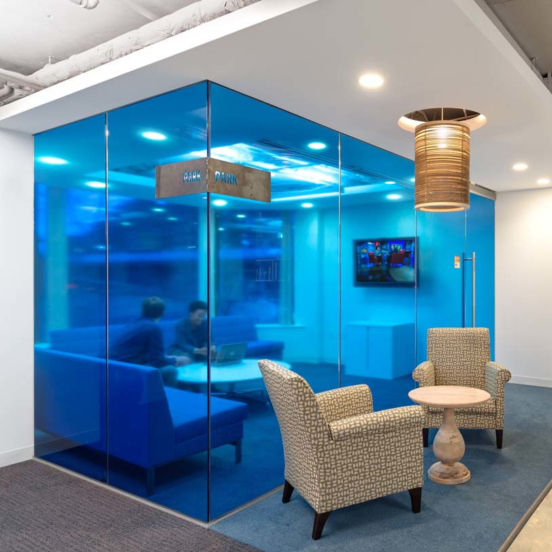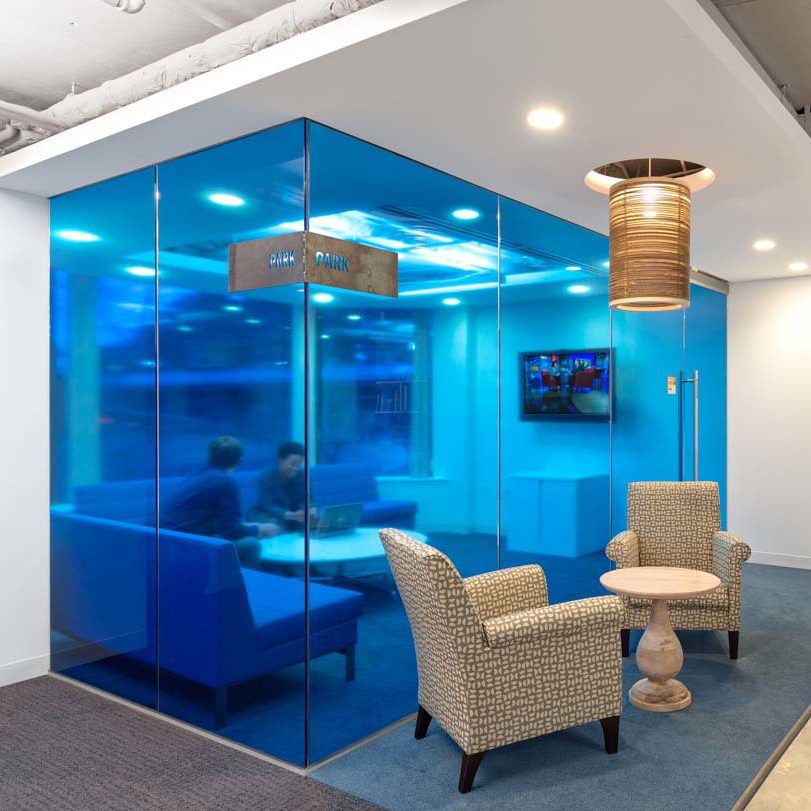Issue Insights
The Future of Media Buying: an Integrated Approach
April 20, 2023

As the media landscape continues to transform and diversify, it’s important for advertisers to adapt and develop new strategies–especially given how rapidly consumer media habits and what we can learn from them have changed over the past four years.
One major change in the media space is the growth of streaming through Connected TV and Over the Top (CTV/OTT) devices. Statista estimates that by 2026, CTV spend alone will top $38 billion. Despite the shift to streaming, traditional cable and broadcast still play a significant role in people’s everyday lives. Close to 65 percent of US residents continue to subscribe to cable TV in addition to streaming platforms.
With the varying costs and benefits of traditional TV cable vs. digital, there is no foolproof formula for advertisers to maximize reach among target audiences while preventing ad fatigue. GMMB Managing Director and Senior Vice President Erica Monteith shared, “By shifting plans to incorporate holistic data trends, reach models, strategic planning, and implementing platform-first creatives, campaign potential skyrockets.”
But, not all ad shops are embracing the potential duality of digital plus TV, failing to lean into a video strategy that is all-encompassing. Advertising Week reported that “this is a shortcoming of the traditional agency model that must be rectified in the coming years if they are to survive.”
Since 2018, GMMB has been integrating digital and TV buys to improve campaigns and achieve client goals. These video plans reap benefits that are not attainable through traditional approaches that place TV and digital in separate boxes. Rather, these campaigns are merged into one strategy and one budget, allowing for double the results either platform could get on its own.
One piece of technology making this transition easier has been Automatic Content Recognition (ACR). ACR technology is built into a majority of smart TVs on the market today, allowing for detailed viewership and content measurement. This data shows what people are watching on their TVs or any streaming device connected to that TV. This is extremely pertinent as “today more than 80% of US households have a CTV,” according to Vericast.
For advertisers, ACR provides data on who has seen specific traditional TV ads and where it is coming from–broadcast, cable, or satellite. When leveraging an integrated campaign, this data allows media buyers to target digital spots to reach groups who haven’t seen specific TV ads, or who have been exposed to competitors’ ads at a lower frequency. Furthermore, ACR opens the door to boosting incremental reach and reinforcing the overall message by increasing the number of viewers who see both your campaign’s TV and digital ads.
Brands, no matter what their stage of maturity or size, stand to benefit from a combined TV plus digital strategy. One without the other could erode brand strength and purchase consideration over time.” — MediaScience
Often, GMMB represents candidates and issues that are unknown to voters. This makes it crucial that we ensure our ads have a high frequency and a wide reach in order to achieve voter persuasion. What distinguishes GMMB from other advertisers is our ability to craft media buys into one integrated strategy with multiple platforms and partners, reaching voters wherever they are on all their devices.
By connecting our digital and TV strategies from the start, we have been able to budget based on media consumption patterns, reach, and efficiency, rather than adhering to preconceived notions or assumptions about how budgets should be utilized. As campaigns and brands look toward the future, we believe working with advertisers to maximize their budget and impact through seamless video integration will be key to a winning strategy.

)




